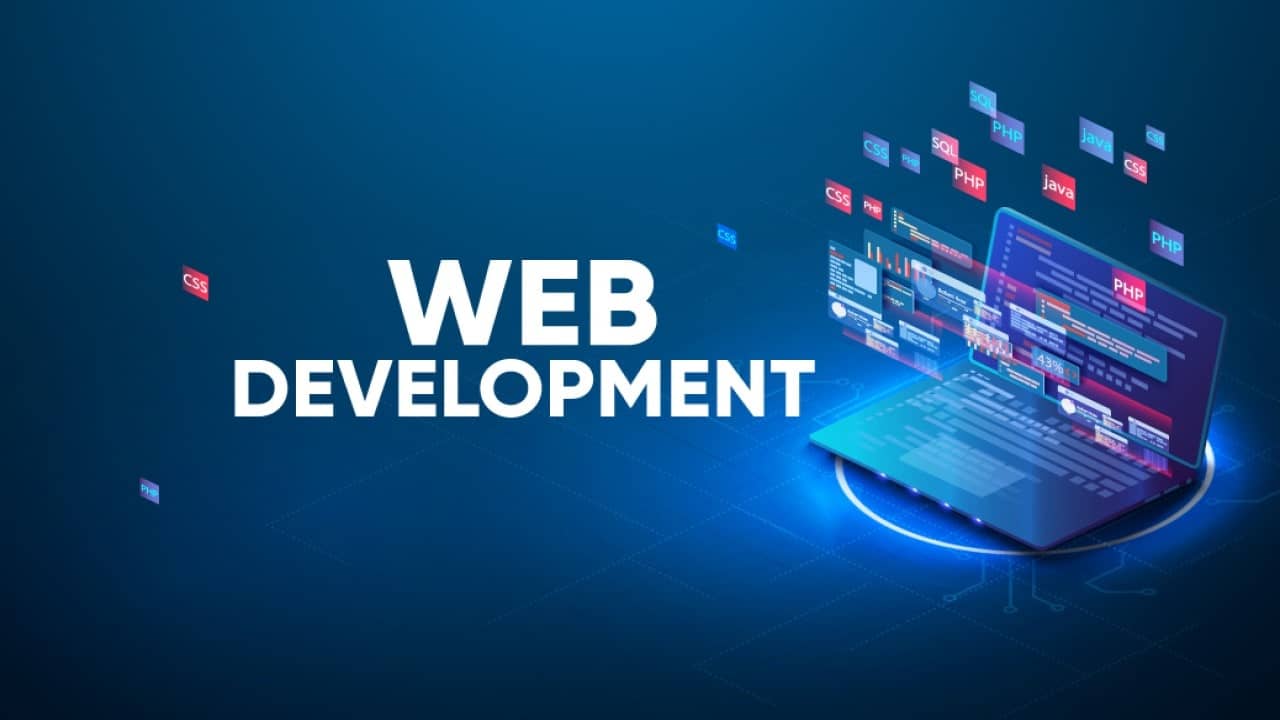Web Development and Web Designing Course Overview
In today’s digital world, the demand for skilled web developers and web designers is constantly rising. Whether you’re looking to build a career in web development or enhance your skills in web design, enrolling in the right course can set you on a successful path. Web development courses and web designing courses provide comprehensive training that covers the essentials of creating, managing, and optimizing websites.
Importance of Web Development and Web Designing Skills
The internet is an integral part of businesses, entertainment, education, and communication. Websites play a critical role in every industry, making web development and design crucial skills for professionals. The following are key reasons why learning these skills is valuable:
- High Demand for Professionals: Companies across the world are looking for web developers and designers to create functional and aesthetically pleasing websites.
- Freelance Opportunities: Many web developers and designers can work independently, offering their services to clients on a freelance basis.
- Foundation for Entrepreneurship: Having web development and design skills allows you to create websites for personal business ventures, such as e-commerce platforms or blogs.
- Creative and Technical Skills: Web designing combines creativity with technical expertise, offering a perfect balance for those interested in both aspects.
Web Development Courses
Web development courses are designed to teach the process of building and maintaining websites. These courses cover a range of programming languages, frameworks, and tools that are used to develop websites and web applications. Some key areas typically covered in web development courses include:
- HTML/CSS: HTML (Hypertext Markup Language) and CSS (Cascading Style Sheets) are the foundational technologies for structuring and styling web pages.
- JavaScript: JavaScript is a programming language that brings interactivity and dynamic features to web pages. It is essential for both front-end and full-stack web developers.
- Backend Development: In backend development, students learn about server-side programming using languages like PHP, Python, Ruby, or Node.js. This is crucial for managing databases, authentication, and server logic.
- Frameworks and Libraries: Popular frameworks and libraries like React, Angular, and Vue.js for front-end, or Django, Laravel, and Express.js for backend, are taught to speed up development processes.
- Database Management: Courses often cover how to handle databases using SQL, MySQL, or NoSQL technologies like MongoDB, to store, retrieve, and manage data.
- Version Control (Git/GitHub): Students are also trained in using version control systems like Git to track changes in their code and collaborate with other developers.
Types of Web Development Courses
- Front-End Development Courses: Focus on client-side development, teaching students how to create the visual elements of a website, including layout, design, and user interaction.
- Full-Stack Development Courses: These cover both front-end and back-end technologies, enabling students to handle complete website development from the ground up.
- Specialized Courses: Some courses focus on specific technologies like WordPress, Shopify, or mobile-responsive design to cater to the needs of specialized markets.
Web Designing Course
A web designing course focuses primarily on the aesthetic and usability aspects of website creation. Web designers are responsible for the visual presentation of the site, making sure that it is both attractive and easy to navigate. The course typically includes topics like:
- User Experience (UX) Design: This teaches how to create websites that offer a positive user experience, emphasizing usability, accessibility, and efficiency.
- User Interface (UI) Design: UI design focuses on the interaction between users and the website. It includes designing buttons, menus, and other interactive elements.
- Graphic Design Tools: Students learn to use tools like Adobe Photoshop, Illustrator, and Figma to design website layouts, graphics, and logos.
- Responsive Design: With the increase in mobile and tablet usage, designing websites that are responsive across different screen sizes is critical. Courses teach how to use CSS and frameworks like Bootstrap for responsive web design.
- Typography and Color Theory: Understanding fonts, text sizes, and color combinations is crucial for creating visually appealing designs.
- Wireframing and Prototyping: Students are taught how to create wireframes and prototypes of websites, which are blueprints that show the site’s structure and design before development begins.
Types of Web Designing Courses
- UI/UX Design: Focuses on how to design user interfaces and improve the overall user experience of a website.
- Graphic Web Design: Concentrates on creating visual elements for websites, including logos, banners, and icons.
- Responsive Web Design: Specializes in creating websites that adapt to different devices and screen sizes, ensuring a consistent experience for users across mobile, tablet, and desktop platforms.
Benefits of Taking Web Development and Web Designing Courses
- Career Opportunities: With companies increasingly relying on their online presence, there is a high demand for skilled web developers and designers.
- Freelancing: Both web development and web designing offer excellent opportunities for freelancing, allowing you to work from anywhere and on your own terms.
- Practical Skills: These courses provide hands-on experience, enabling you to build real-world projects that can be added to your portfolio, showcasing your expertise to potential employers or clients.
- Comprehensive Learning: Many courses offer comprehensive learning paths from beginner to advanced levels, making them accessible for individuals with little to no background in coding or design.
- Continuous Learning: The digital landscape is constantly evolving, and learning web development and design provides a foundation for continuous learning as new technologies emerge.
Where to Find Web Development and Web Designing Courses
Web development and designing courses are offered by:
- Online Platforms: Websites like Udemy, Coursera, and edX offer a wide range of courses on web development and design, often taught by industry experts.
- Universities and Institutes: Many educational institutions offer formal degrees and certification programs in web development and design.
- Coding Bootcamps: Intensive bootcamp-style courses are becoming increasingly popular for individuals looking to quickly develop their skills and enter the job market.
Conclusion
Whether you’re interested in coding the backend of websites or designing their visual appeal, there are numerous web development courses and web designing courses available to help you achieve your goals. These courses provide practical skills that are in high demand, opening doors to a variety of career opportunities in the tech world. From building stunning websites to creating user-friendly interfaces, mastering web development and design is a smart investment in your future.












Post Comment